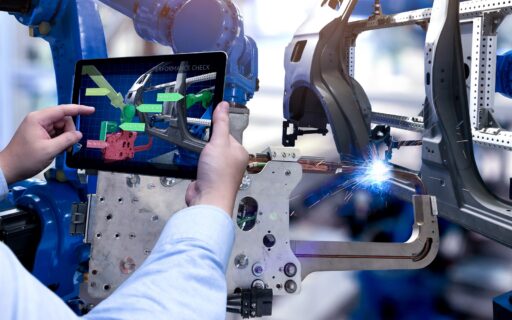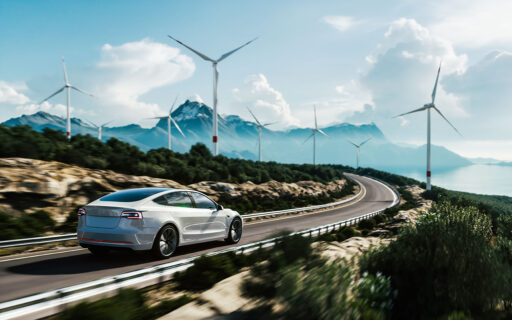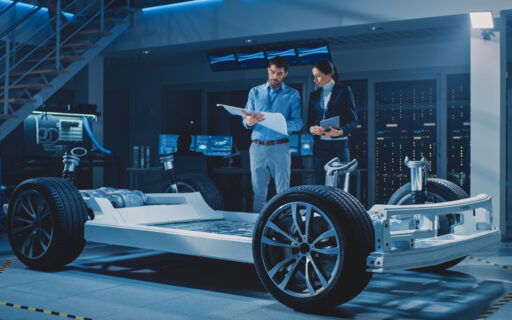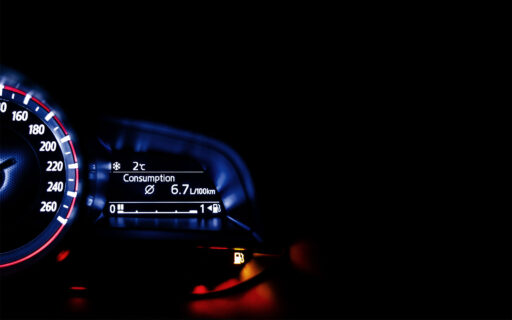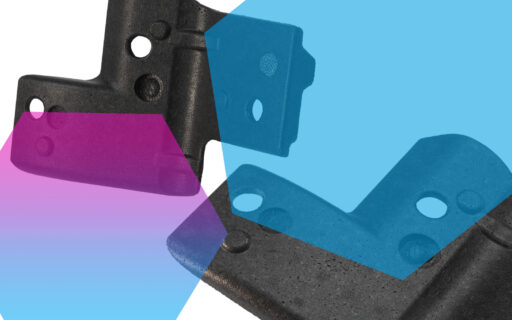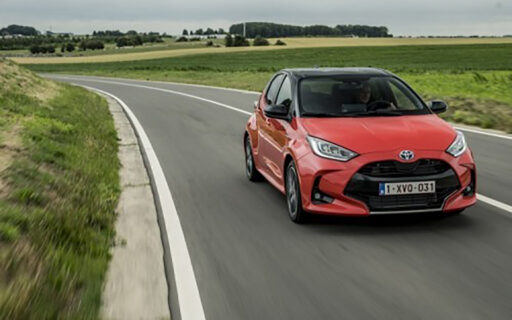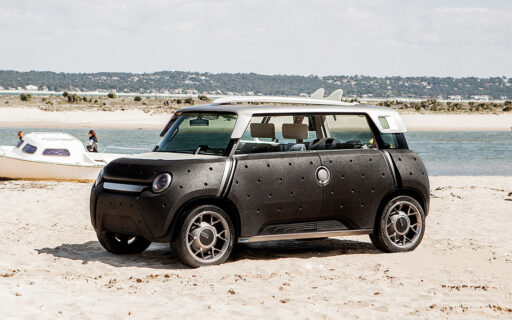Knauf Automotive
Weight reduction
Reducing vehicle weight: Lighter structures, better performance
Reducing the weight of a vehicle is a key aspect that affects its performance, driving economy and overall safety. In this section of our website, you will find in-depth articles on methods to reduce car weight and innovative materials and technologies that achieve lighter, yet more durable structures. Find out how reducing the weight of a vehicle affects its performance and what benefits it brings to manufacturers and users.
Latest articles
Weight reduction
What is the maximum weight of the vehicle?
The law regulates a number of issues related to the admission of vehicles to road traffic. One of these is the maximum weight of a truck. Weight, in this case, means the total weight of the vehicle, i.e. the weight calculated with the load carried.
The weight of a vehicle matters not only for regulatory reasons. It also includes, among other things, optimization of transportation costs, which often requires reducing the weight of the vehicle. As a result, not only can a higher payload be achieved, but also the possibility of various add-ons in the car’s equipment. On top of this, it is also important to optimize the car’s performance, which increases significantly when the weight of the vehicle is reduced.
The average weight of a car
On the other hand, what is the average weight of a passenger car? This is a figure that changes every year as the automotive market changes. According to a report by the European Cyclists’ Federation, it is 1,457 kg for new cars registered in 2020 in Europe. Interestingly, this value is increasing to some extent – compared to 2019 it was a 3% change, while compared to 2001 it is already 15%. This is the result, among other things, of the growing popularity of SUVs, which are displacing smaller cars from the market. With current market trends, knowing how to reduce the weight of a car becomes even more important.
See also: Are big cars safer than small city cars?
How to reduce the weight of a car?
There are many ways to make a vehicle lighter. One of them includes automotive components made of EPP and EPS – these are innovative plastics distinguished by their low weight, which is combined with very high strength and absolute safety in use. Expanded polypropylene and polystyrene, i.e. EPP and EPS, can be used to make various automotive components. Among other things, external car parts made of EPP should be highlighted, providing effective energy and shock absorption, which makes it possible to protect the most essential components of the vehicle – such as the radiator.
Inside the vehicle, on the other hand, EPP car seats can be used. In this case, a considerable advantage is the material’s resilience, which translates into high strength and energy absorption capacity. Both EPP and EPS are characterized by lower weight compared to other materials used in automotive applications. In the case of seating components like anti-submarrining ramps being a core of a car seating this aspect is of crucial importance as these car parts are large in size.
The car interior contains a vast array of other components that can be efficiently manufactured from light-weight expanded materials. We can find there many various inserts and paddings being an important part of passive safety systems which protect the driver and passangers in case of an accident. In the cabin there are footrests and kneepads while in the trunk we encounter EPP toolboxes which store safely tools and spare wheel.
Other ways to reduce vehicle weight
It should be noted that the plastic vehicle of the future is not the only option for reducing the weight of the car. Other recommended solutions include:
- abandoning some equipment and accessories;
- eliminating the tailgate and replacing it with an openable window;
- lack of rear seats (a method used mainly in sports cars);
- using gluing instead of welding for body parts;
- choosing aluminum instead of steel.
How does this issue stand with electric-powered cars? The weight of an electric car’s engine is less than in internal combustion vehicles, but the total weight of the drivetrain is greater. This is primarily the result of using separate units for each axle – on top of this, attention should be paid to the weight of the battery, which adds several hundred kilograms to the weight of the whole vehicle.
While the weight of the car’s electric motor does not give much room for maneuver for manufacturers, “savings” in this regard can be found in other components – including structural elements.
At Knauf Industries we support EV car-makers with our light-weighing solutions for battery packs which also contribute to a better battery performance.
Advantages of reducing vehicle weight
Car design is a complex process, with many factors to consider. Currently, one of the most important is the weight of the vehicle, which affects, among other things, performance, as well as fuel consumption (or, in the case of electric cars, energy consumption). Greater driving economy is one of the biggest benefits of reducing a car’s weight – plus, among other things, greater payload capacity. There are quite a few ways to achieve this – for example, a lightweight and strong car floor structure has a significant impact on reducing the total weight of the entire vehicle.
Reducing vehicle weight with Knauf Automotive
Knauf Automotive offers automotive components made of high-quality plastics that combine high strength with low weight. We utilize years of expertise and modern machinery, so we are able to meet the requirements of automotive manufacturers with very different needs. Feel free to contact us to learn more about our solutions for the automotive sector.
